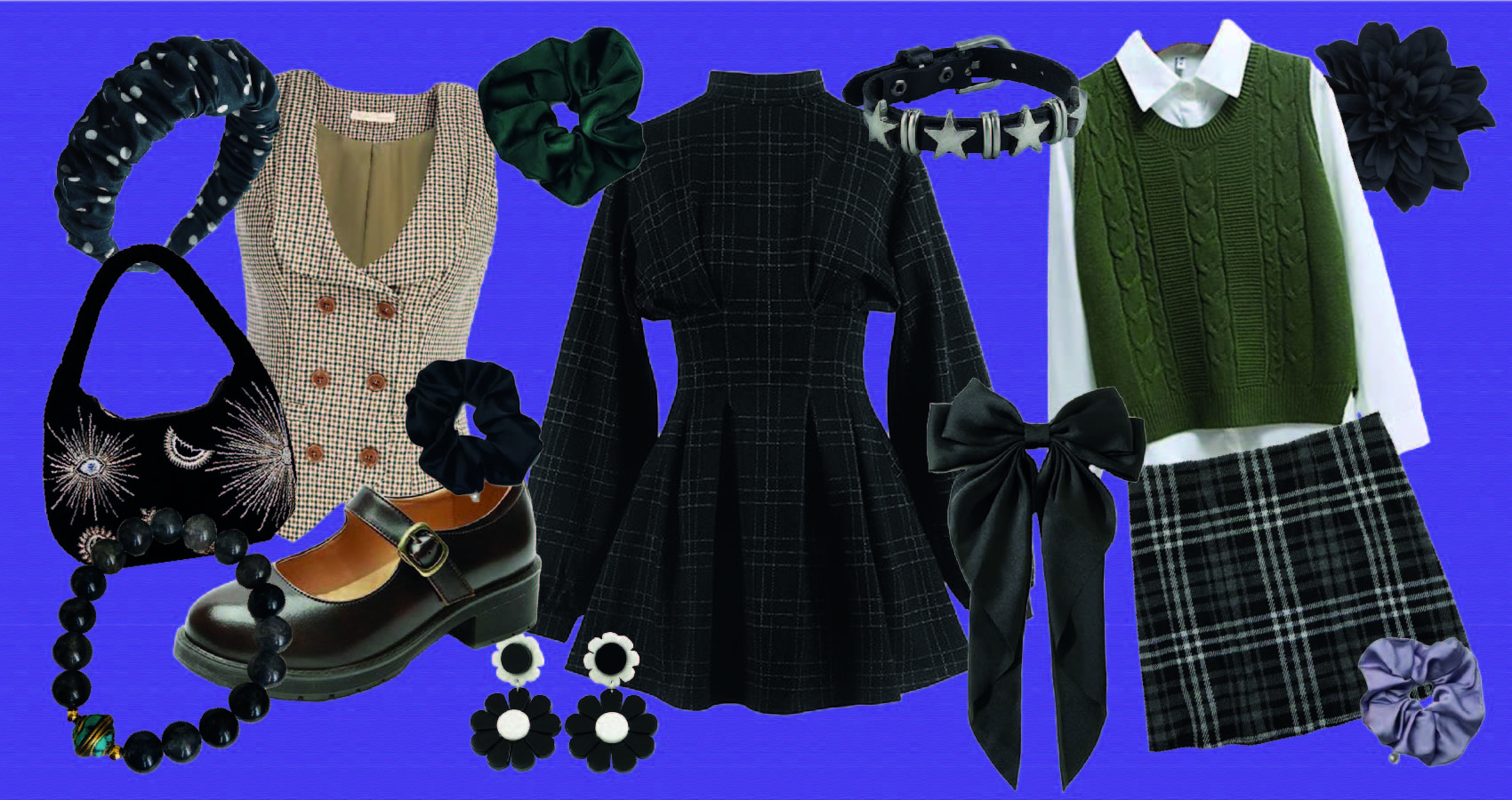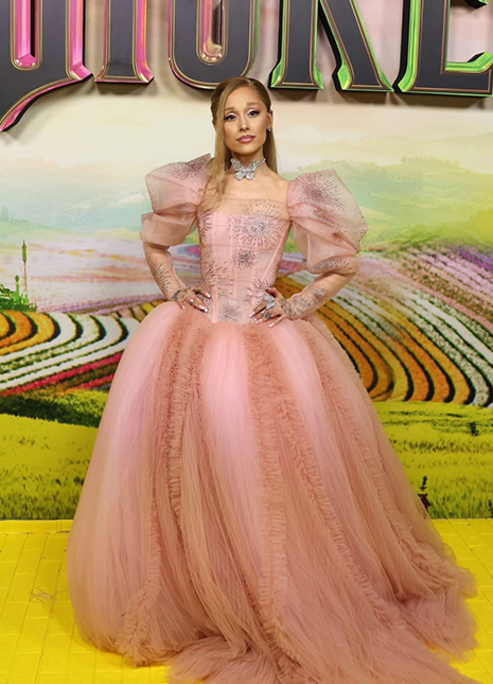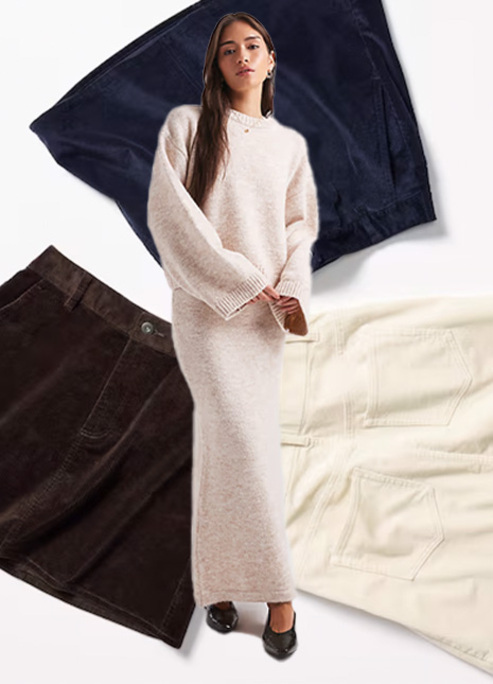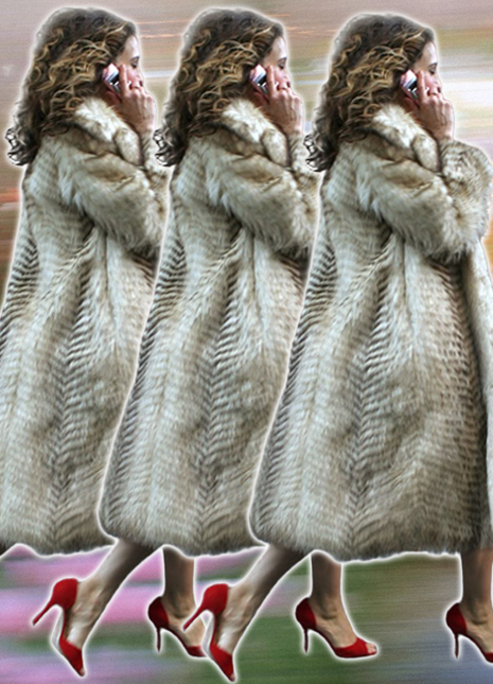Dark Side of The Preppy
American elite's fashion.
The preppy style originated in the early 20th century in the United States among students of elite preparatory schools in New England, known as "prep schools." These institutions prepared young people for admission to prestigious Ivy League universities such as Harvard, Yale, and Princeton. The clothing of these students reflected their social status and belonging to the upper class, combining practicality with elegance. The style was built around high-quality materials and classic silhouettes, often incorporating elements of sports uniforms associated with popular activities in these circles, such as tennis, golf, polo, and sailing.
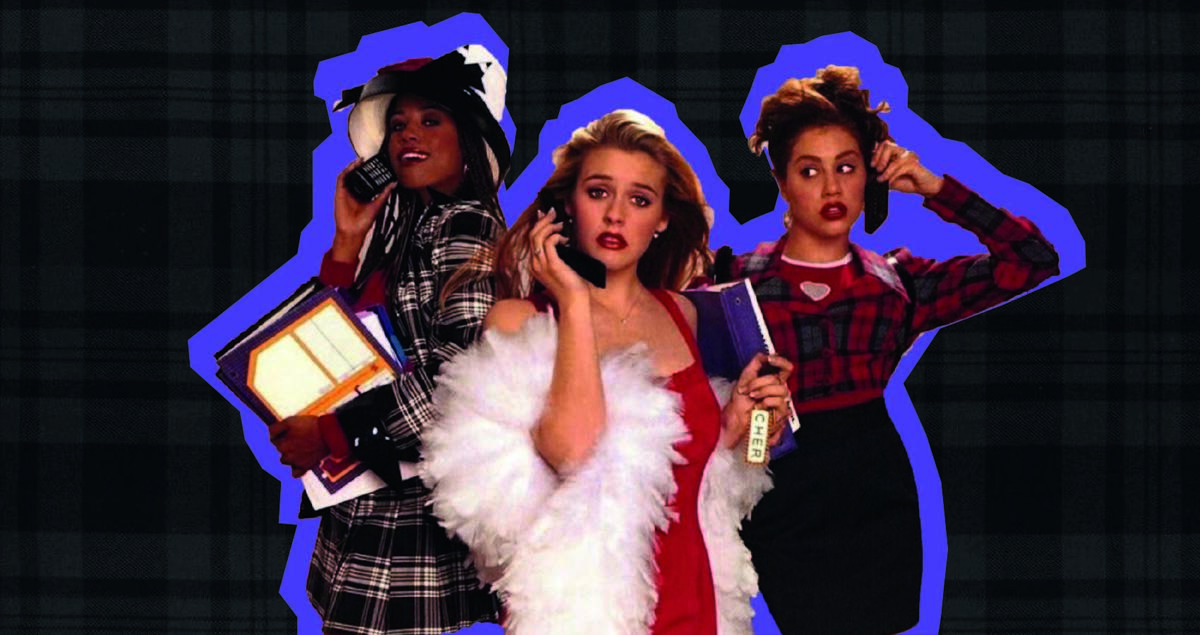
Fashion Pioneers
Several key brands played a significant role in shaping and popularizing preppy style. Brooks Brothers, established in 1818, was one of the first to offer classic menswear, including suits, Oxford shirts, and ties, which became symbols of American elegance. J. Press, founded in 1902, specialized in traditional Ivy League-style clothing, offering tweed blazers and sweaters.
In 1967, Ralph Lauren founded Polo Ralph Lauren, blending elements of preppy style with luxury and glamour. His collections featured polos, blazers, and cable-knit sweaters that became iconic. Lacoste, established by French tennis player René Lacoste in 1933, introduced polo shirts with a crocodile logo, bridging the gap between sportswear and casual fashion. Tommy Hilfiger, launched in 1985, offered a modern interpretation of preppy style by combining it with pop culture and youth trends.
Why Did Preppy Style Spread?
In 1980, American writer and journalist Lisa Birnbach published The Official Preppy Handbook, which played a crucial role in popularizing the preppy style. Although initially intended as a satirical work, its content was so detailed and accurate that it became a guidebook for those aspiring to master this lifestyle and aesthetic.
Birnbach described the world of elite preparatory schools, Ivy League universities, and the culture surrounding them, focusing not just on clothing but also on behavior, hobbies, travel, and even linguistic nuances characteristic of preppy individuals. Among the most notable terms were “old money,” used to describe wealthy families whose fortunes had been accumulated over generations; “legacy,” referring to students admitted to universities due to family connections; and the colloquial “townie,” describing locals living near universities but not part of the academic elite. A personal favorite is “critter,” used for small embroidered or printed motifs of animals, objects, or symbols on clothing, such as whales, ducks, lobsters, tennis rackets, or martini glasses.
Birnbach humorously highlighted the lives of upper-class Americans for whom preppy was more than just a style—it was a symbol of status and belonging to a particular social group. Surprisingly, the book caused a sensation. Millions of Americans took it not as satire but as a manual. Middle-class youth sought to emulate the wealthy students of Harvard and Princeton, adopting their fashion and following the advice outlined in the book.
The Emergence of Dark Preppy
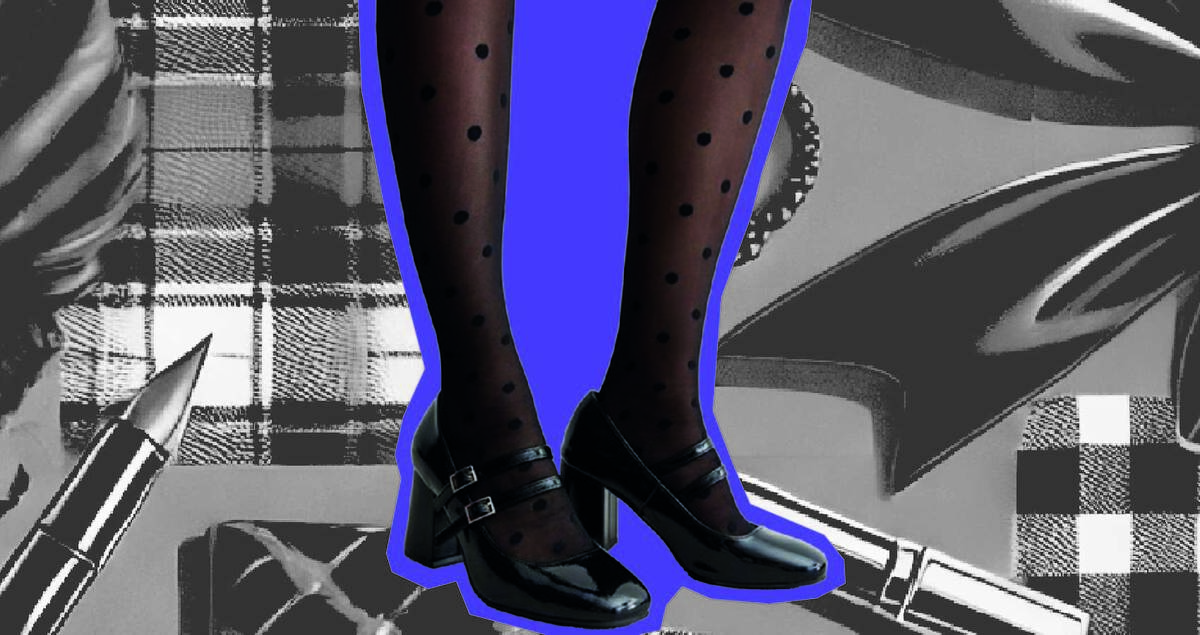
The dark preppy style emerged in the 2010s. While no specific event marks the birth of this sub-style, some suggest that Donna Tartt's 1992 novel The Secret History, which gained renewed popularity in the early 2010s, was a key precursor to the now-beloved dark academia aesthetic.
Simply put, dark preppy is the same preppy style but with a more mystical, gothic, and dark twist. Inspired by the aesthetics of old European universities, literature, and art, Dark Preppy delves into themes of philosophy, history, and romanticism. One might recall the slightly eerie Addams Family, particularly the Netflix series Wednesday, which recently went viral and cemented dark academia vibes in the fashion world.
Key Representatives of Dark Preppy
Fashion houses and designers quickly embraced this new trend. Under Alessandro Michele (that one who is the close twin-friend of Jared Leto), Gucci presented collections combining vintage silhouettes with dark tones and rich textures, using velvet and intricate patterns. While Michele’s eight-year tenure at Gucci wasn’t exclusively focused on dark preppy, elements of this style were undeniably present in many of his Victorian-era-inspired shows.
Thom Browne, an American designer known for experimenting with traditional forms of gray suits, also contributed to this style. His Fall/Winter 2024 collection, presented at New York Fashion Week, was inspired by the dark romantic era of Edgar Allan Poe, incorporating elements that can be associated with dark preppy.



